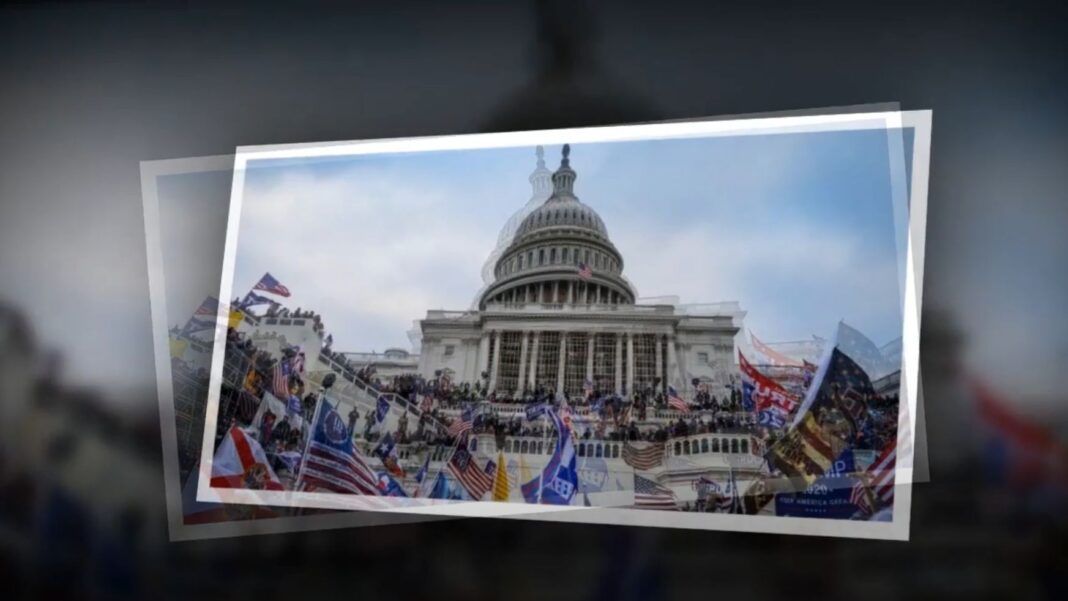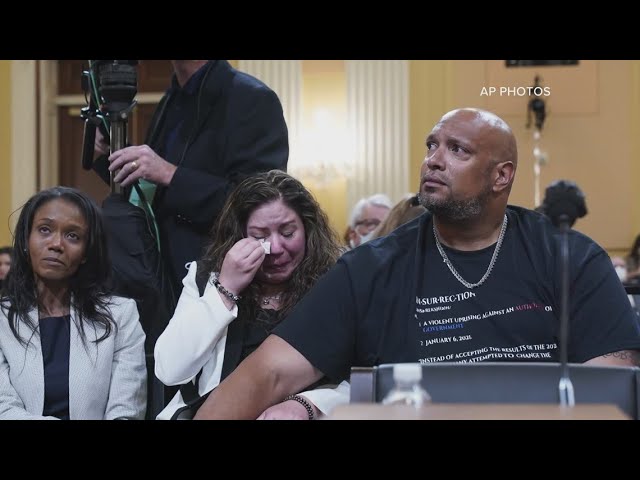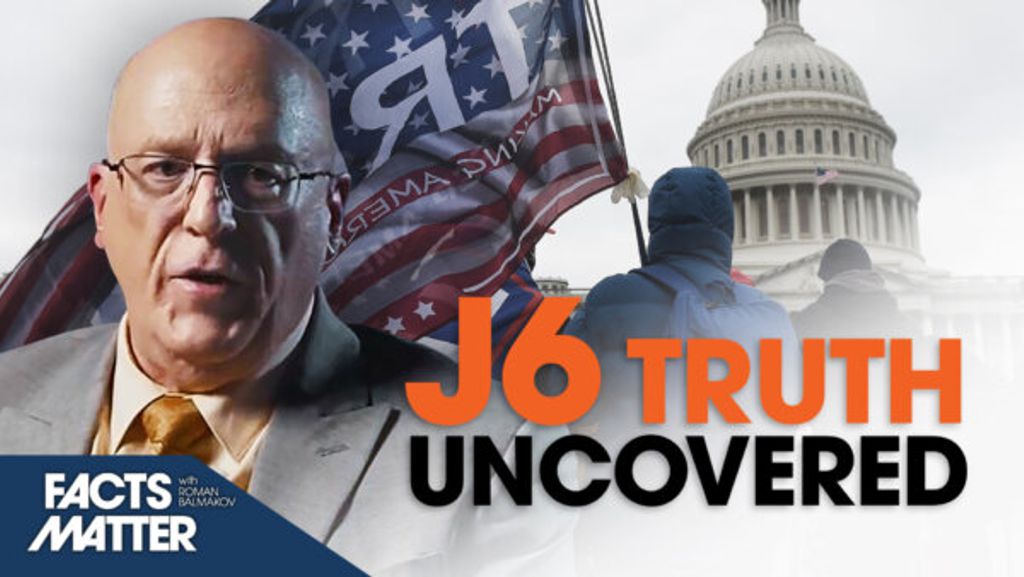Jan. 6, 2021, will forever be a prominent part of American history—in ways that few people fully realize. It was most certainly a fork in the road.
It was a day of infamy.
Worse than Pearl Harbor, 9/11, or even the Civil War, Americans were told.
A bloody insurrection by a wild, ruthless, armed mob of election deniers.
A coup d’etat. A revolution.
That first Wednesday in January 2021, however, was none of the above.
Yet Jan. 6 will forever be a prominent part of American history—in ways that few people fully realize.
It was most certainly a fork in the road.
Defining and understanding that historic day requires solid information, full context, and a willingness to look beyond the narratives that began before Jan. 6 was even a few hours old.
Jan. 6 is part of a much larger political and societal movement designed to usher in a “new America,” according to Victor Davis Hanson, an American classicist, military historian, and political commentator at the Hoover Institution.
“What’s happened in America is not public opinion but institutional control is driving the United States in a direction that was never intended to go, to the degree that they are saying to America, ‘We are morally superior to the old America. This is a new America,’” Mr. Hanson said in an “American Thought Leaders” interview.
“And that gives us the right to use any means necessary to achieve a morally superior end. You are deplorable, you’re irredeemable, you’re a clinger, you’re a semi-fascist, you’re crazy, you’re ultra-MAGA, and you don’t have the right to object to the means that we’re using.”
To mark the third anniversary, The Epoch Times offers this guide to Jan. 6 to help the uninitiated and well-versed alike better understand this complex topic.
What Was Jan. 6?
It was a day of rallies and protests held on the National Mall, the Ellipse, and the U.S. Capitol grounds in Washington. The driving force was a widely held belief that the 2020 presidential election was marred by suspicious activity, a lack of security, and alleged widespread fraud with mail-in ballots and electronic voting.






